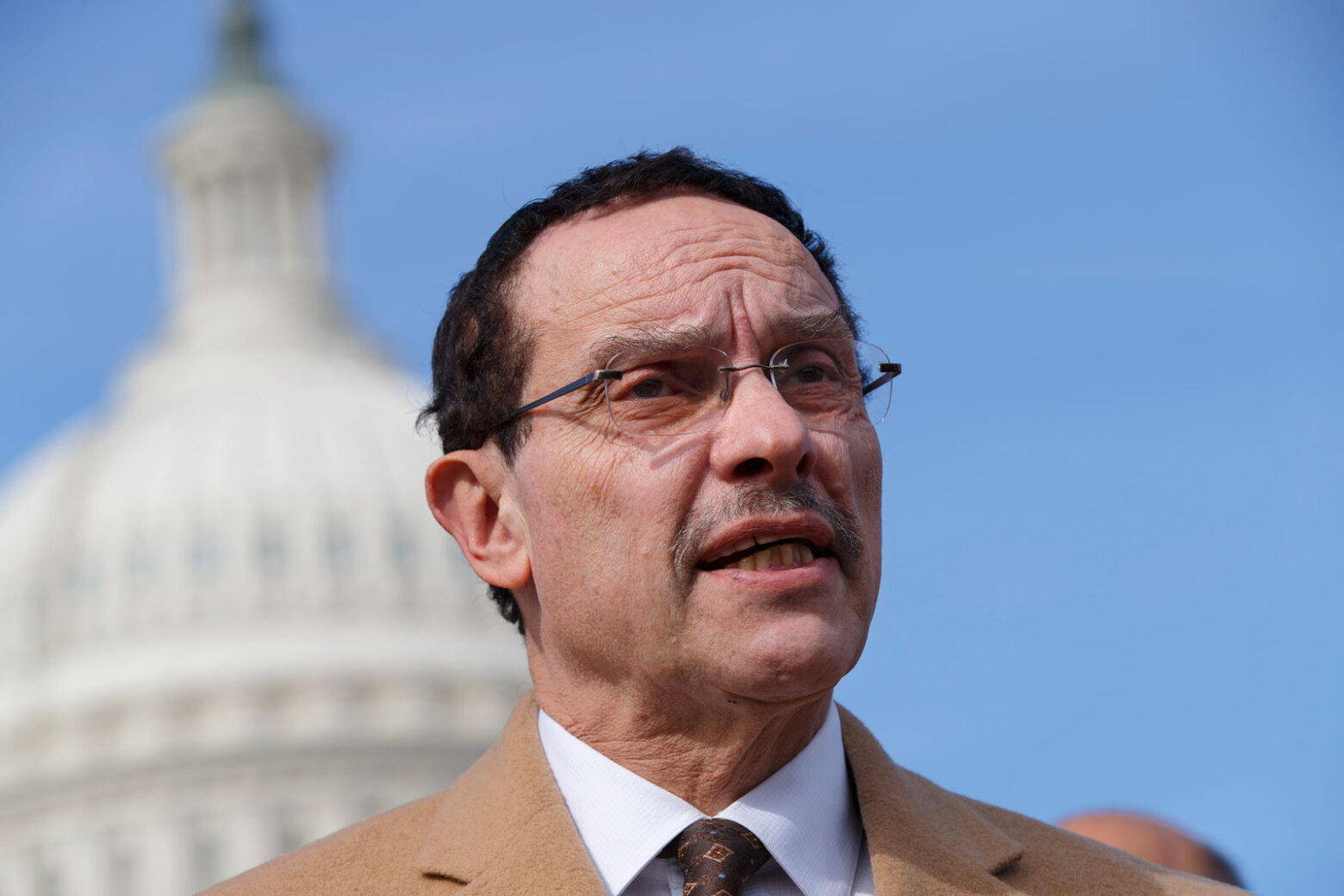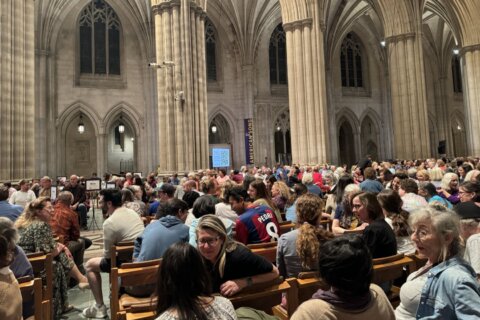While temperatures across the D.C. region have spiked this week, some parts of the District may be hotter than others, because the city has multiple urban heat islands, one expert says.
Yesim Sayin Taylor, executive director of the D.C. Policy Center, said urban heat islands are areas of a city where temperatures exceed what’s reported on a given day. So on Tuesday, when temperatures were in the mid-to-upper 90s, parts of the city like Rock Creek Park were actually in the 70s, Taylor said.
And on the contrary, there are other parts of the city where temperatures likely touched 100 degrees, Taylor said. Research on such fluctuations is used to ensure those who are most vulnerable during a heat wave are protected.
“Research shows that people tend to be more affected by a heat wave if they have a low income, if they are under the poverty line or if they don’t have insurance,” Taylor said. “These things correlate with each other and explain certain responses residents have to heat waves, especially the seniors, they don’t always understand what a heat wave might do to them.”
Temperatures in Northeast, downtown and in Wards 7 and 8 tend to get very high, Taylor said, but temperature isn’t the only variable to consider. A lack of trees and impervious surfaces also contributes.
D.C. Policy Center data indicates that on Aug. 17, 2015 at about 3 p.m., for example, the city recorded an official temperature of 93 degrees. However, in Rock Creek Park, it was as low as 76 degrees. Neighborhoods like Ivy City, Trinidad and Navy Yard posted temperatures over 100 degrees.
Taylor said though the temperatures across the city can notably vary, the city’s cooling centers have been strategically placed to accommodate the variation. Cooling centers in D.C. open when temperatures hit 95 degrees.
“There are other parts of the city where there’s nothing happening at the street level,” Taylor said. “If you’re walking to the bus stop, there’s nowhere you can step into to avoid the heat or cool down for a few minutes. That’s why it’s important to consider neighborhood characteristics, not just how many degrees it is.”
The heat index in D.C. is projected to surpass 100 Wednesday, as a heat wave also makes its way through the Pacific Northwest. Ben Zaitchik, a professor in the Department of Earth and Planetary Sciences at Johns Hopkins, said the fact the extreme temperatures have appeared in June rather than July and August is “extraordinarily unusual.”
He said the heat wave should have people thinking about the impact weather may have on their lives moving forward.
“The D.C. area is no stranger to heat,” he said. “A lot of our adaptations are already underway. We have a lot of air-conditioning penetrations, cities know how to set up cooling centers, but really thinking about how we’re going to deal with this, as [heat waves] become more frequent, and what that’s going to mean for behavior patterns, for life decisions, or work arrangements.”








